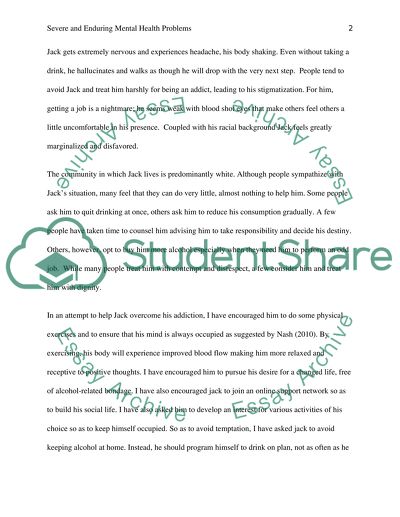Cite this document
(“Working with Severe and Enduring Mental Health Problems Essay”, n.d.)
Working with Severe and Enduring Mental Health Problems Essay. Retrieved from https://studentshare.org/nursing/1452117-working-with-severe-and-enduring-mental-health
Working with Severe and Enduring Mental Health Problems Essay. Retrieved from https://studentshare.org/nursing/1452117-working-with-severe-and-enduring-mental-health
(Working With Severe and Enduring Mental Health Problems Essay)
Working With Severe and Enduring Mental Health Problems Essay. https://studentshare.org/nursing/1452117-working-with-severe-and-enduring-mental-health.
Working With Severe and Enduring Mental Health Problems Essay. https://studentshare.org/nursing/1452117-working-with-severe-and-enduring-mental-health.
“Working With Severe and Enduring Mental Health Problems Essay”, n.d. https://studentshare.org/nursing/1452117-working-with-severe-and-enduring-mental-health.


